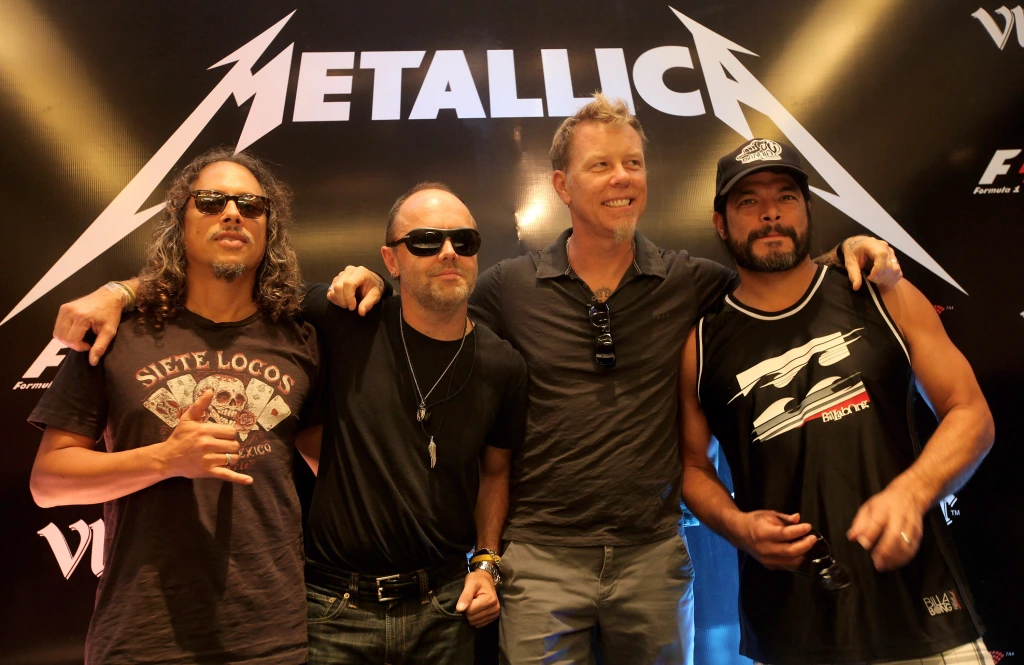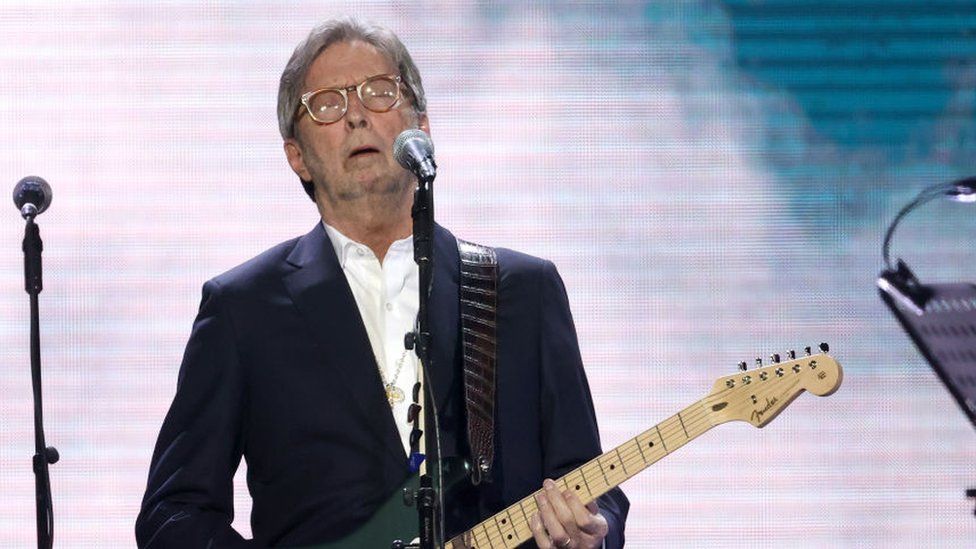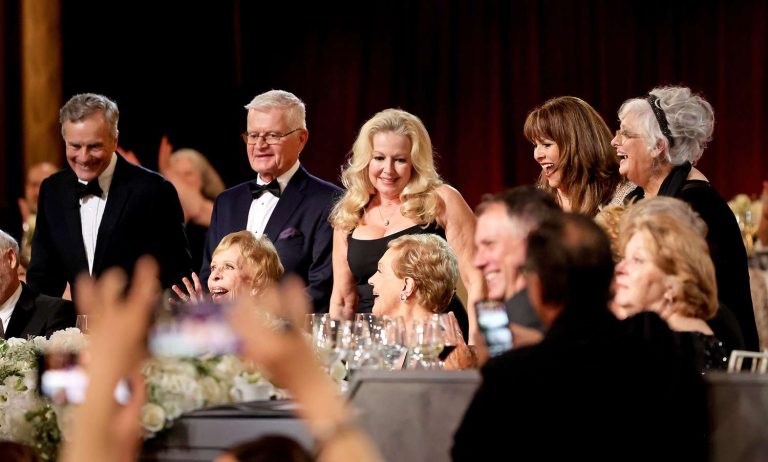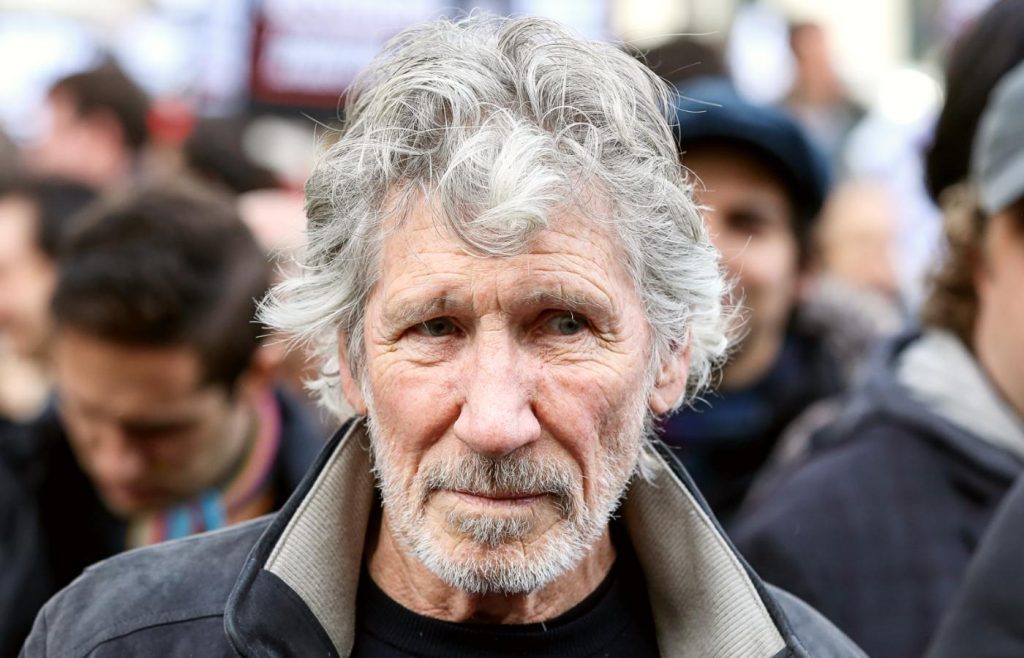Metallica — the band that usually fills stadiums and arenas worldwide — surprised everyone by stripping things back for an intimate, once-in-a-while performance in New York’s backyard. On August 28, 2025, the quartet played an outdoor tent show outside The Stephen Talkhouse in Amagansett, New York, for roughly 500 fans to celebrate the launch of their new SiriusXM channel, Maximum Metallica. The performance included a pro-shot rendition of “Master of Puppets” that the band subsequently released for fans to watch.
For a band whose stage production is normally colossal — pyro, video walls, and arenas — an intimate 500-person gig is rare and special. The event was put together as the official launch celebration for Maximum Metallica on SiriusXM, designed as a direct, fan-first way to mark the new channel and give longtime supporters an up-close experience.
That context explains both the small scale and the high profile: although the crowd was tiny by Metallica standards, it attracted celebrity guests and heavy media attention.
The venue and atmosphere
The show took place at The Stephen Talkhouse in Amagansett — a beloved, small Hamptons venue — but Metallica performed inside an outdoor tent set up adjacent to the club to accommodate fans while keeping the vibe cozy.
Journalists on the scene described the setup as a makeshift, 500-cap tent that felt more like a private party than a typical commercial concert, allowing for genuine proximity between the band and the crowd. Photographers captured the band sweating it out close to fans, and the acoustics and energy reflected that rare closeness.
etallica delivered a 14-song set at the show; one of the standout moments was a full-throttle performance of “Master of Puppets,” which the band later released as pro-shot footage. Given how iconic that song is — a centerpiece of their 1986 album and a perennial concert highlight — hearing it in such an intimate setting was a striking contrast to the usual arena renditions and made the performance viral fodder once the footage circulated online.
Celebrity guests and the Hamptons crowd
Reports and photo galleries noted that the gig drew more than die-hard metalheads — there were several notable faces in attendance, reflecting the Hamptons’ mix of residents and visitors. While the show was small, it was star-studded in the sense that friends, celebrities, and industry figures were present, amplifying coverage and making the evening feel like a high-profile hometown happening.
This event illustrated two things about the band’s current posture. First, even massive acts intentionally create small, curated experiences to surprise their base and generate memorable moments. Second, Metallica is doubling down on direct-to-fan platforms: the SiriusXM channel launch and the intimate show work together as a strategy to control the narrative, reward superfans, and create exclusive content. The Hamptons gig was both a celebration and a savvy piece of fan engagement.
Hearing “Master of Puppets” blasted at full intensity normally means a cavernous arena and thousands of voices — but this night proved the song (and the band) can still deliver hair-raising power in close quarters. For attendees it was a memory to treasure; for fans everywhere, the released footage offered the next best thing: proof that even legends sometimes tear the roof off a tiny tent. If you’re a Metallica fan, this was a neat reminder that the band still likes to mix surprise with spectacle — and that sometimes the biggest moments come in the smallest places.










